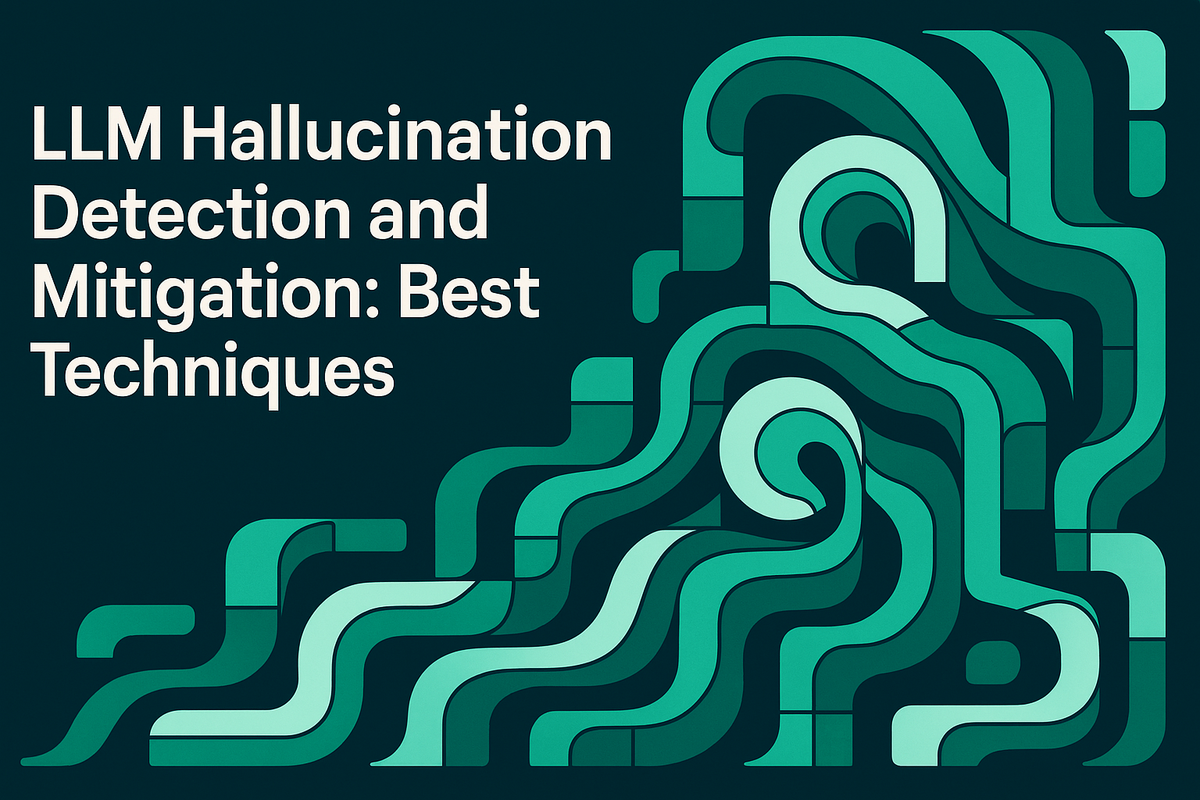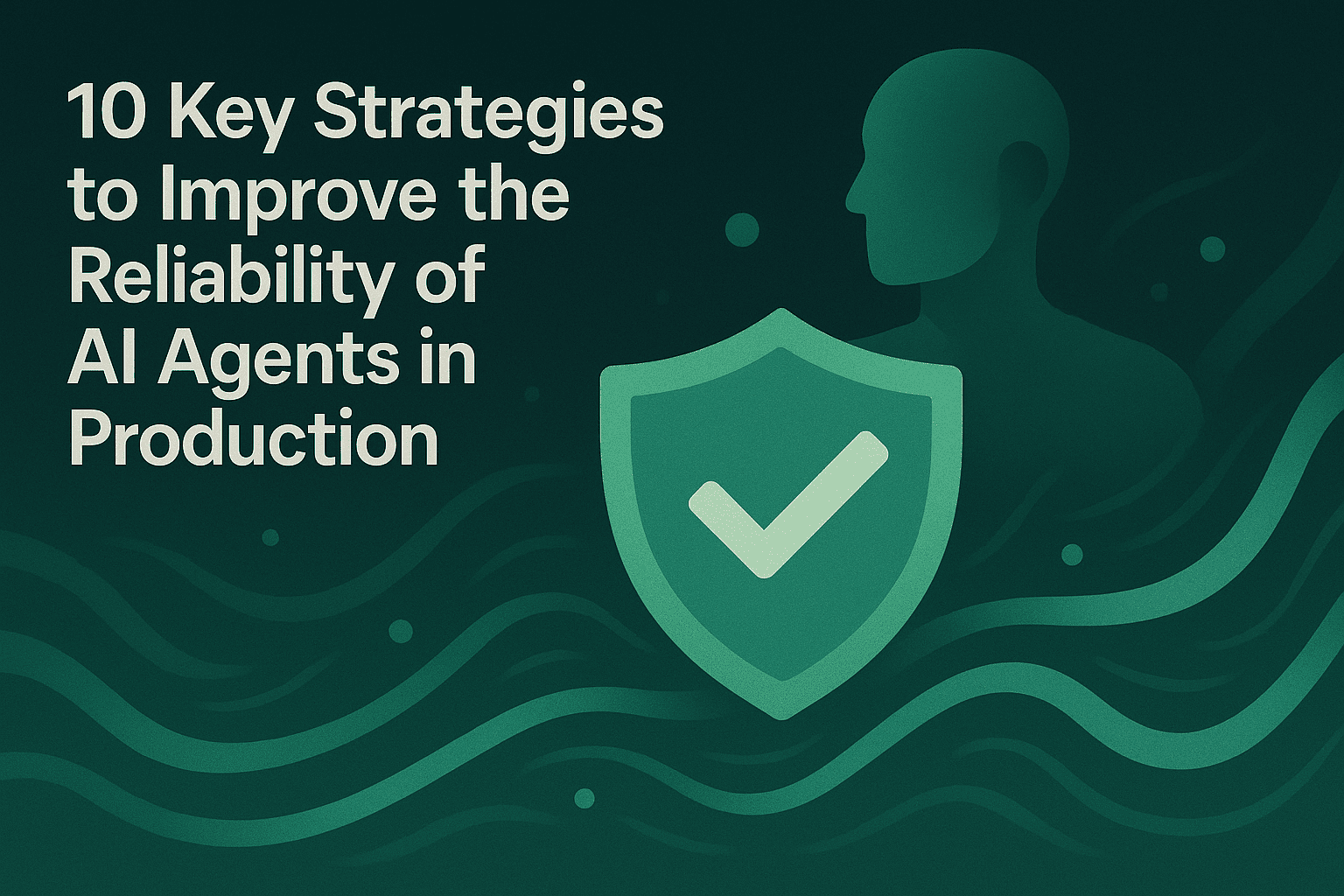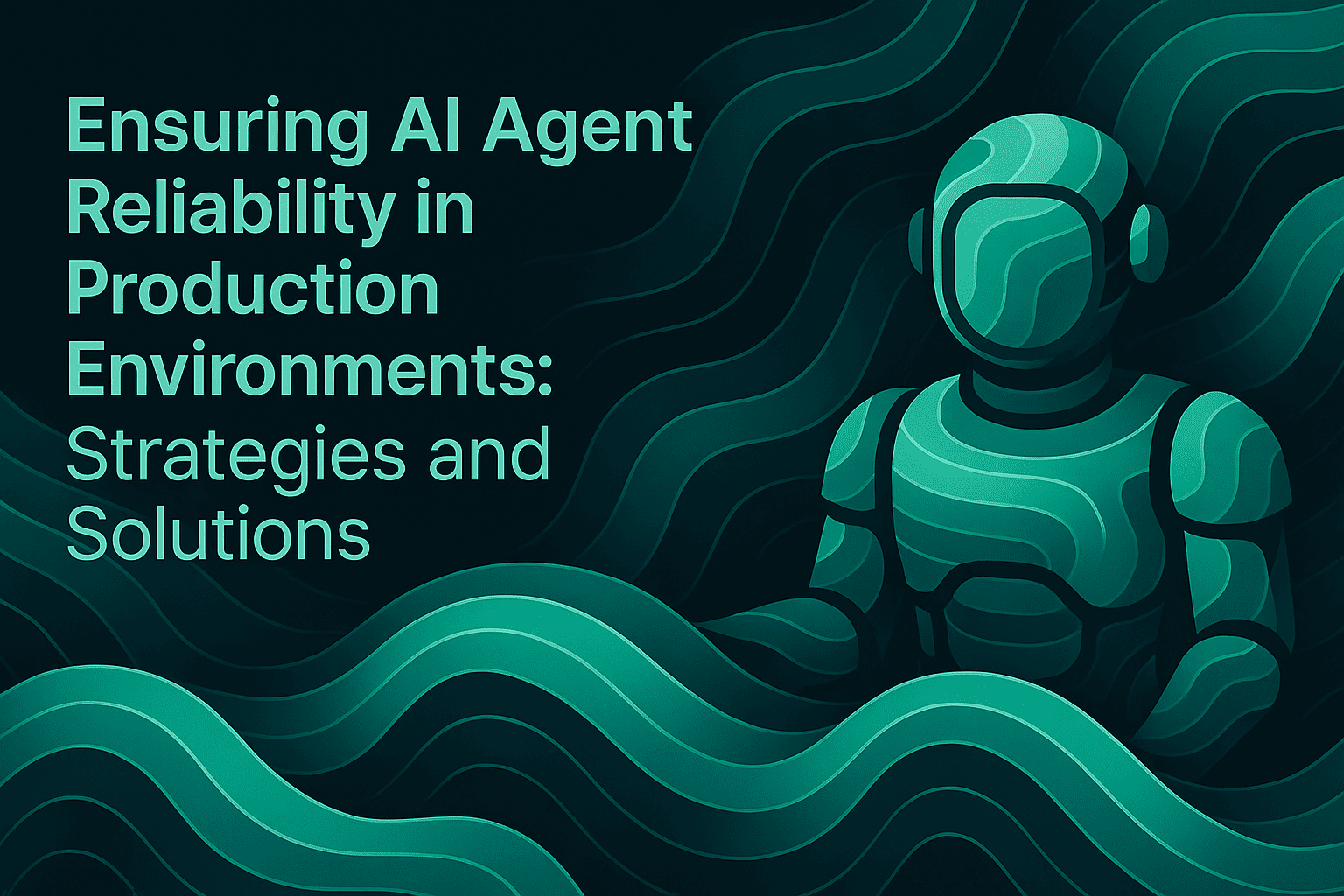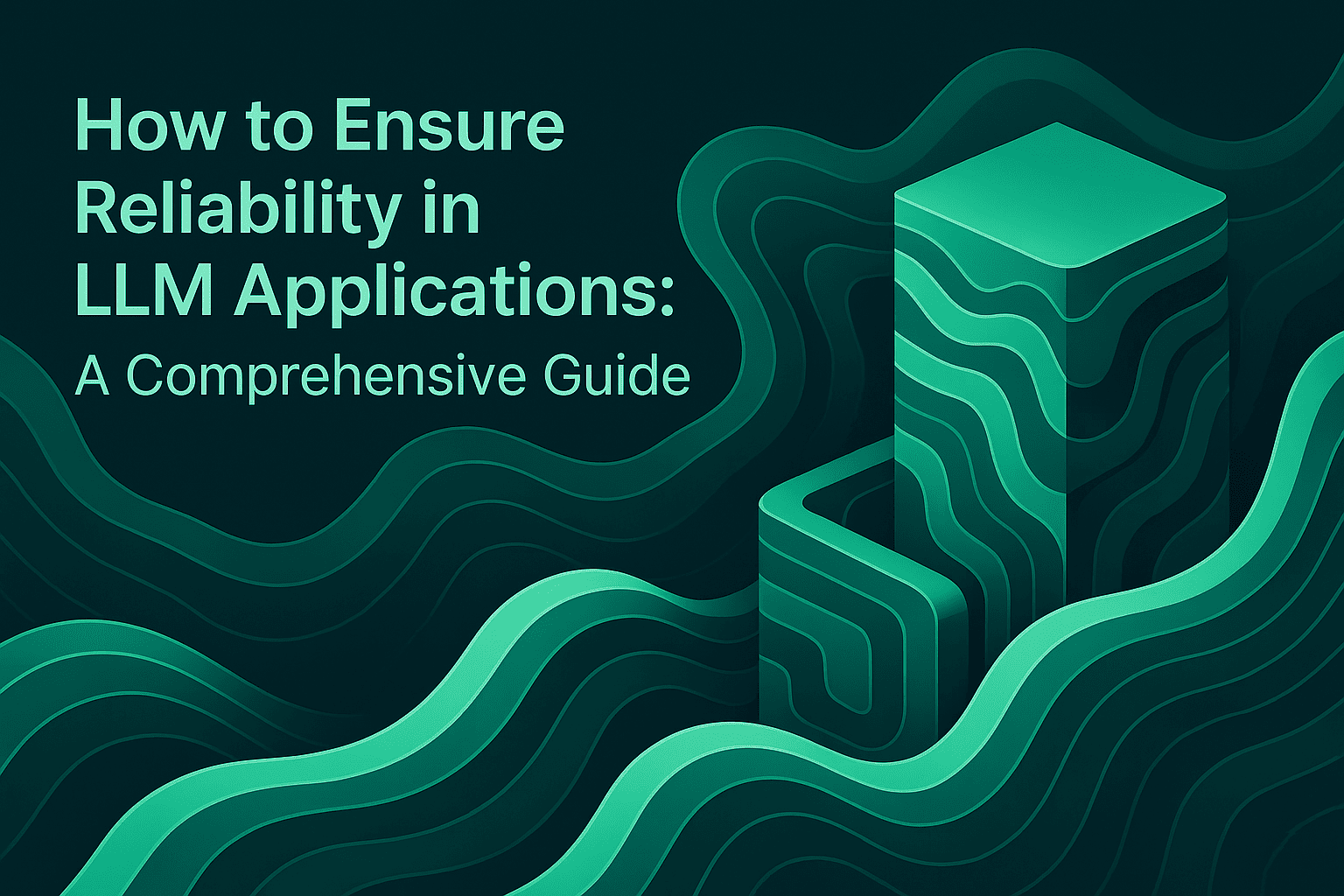LLM Hallucination Detection and Mitigation: Best Techniques

Large language models can generate fluent, convincing responses, even when they're factually wrong. For engineering teams deploying AI agents in production, robust hallucination detection and mitigation isn't optional. It's the foundation of trustworthy AI, product reliability, and user safety.
This guide explains the mechanisms behind LLM hallucinations, provides actionable detection strategies, and outlines proven mitigation techniques for production systems. We'll also show how Maxim AI's platform implements these practices across simulation, evaluation, and observability.
Understanding LLM Hallucinations and Their Root Causes
A hallucination occurs when an LLM generates output that is fluent and plausible but factually incorrect, unsupported by evidence, or logically inconsistent. Research identifies multiple root causes: training distribution gaps, spurious correlations in learned patterns, decoding biases, retrieval drift, and prompt ambiguity.
Comprehensive surveys document these failure modes across natural language generation and LLM research. The ACM Computing Surveys synthesis provides a thorough taxonomy of hallucination types, while a dedicated LLM-era survey accepted at ACM TOIS focuses specifically on large language models.
Why Model Scale Doesn't Guarantee Truthfulness
Scaling model parameters alone does not ensure factual accuracy. TruthfulQA benchmarks demonstrate that larger models can actually be less truthful on certain question categories. These models confidently reproduce patterns from training data, including common human misconceptions and false beliefs.
The Promise and Limitations of Retrieval-Augmented Generation
Retrieval-Augmented Generation (RAG) significantly improves specificity and faithfulness by grounding model outputs in retrieved evidence. The original NeurIPS 2020 paper established RAG's effectiveness for knowledge-intensive tasks, with updated methodologies detailed in comprehensive RAG surveys.
However, RAG systems still face challenges. Models can misinterpret correct sources, merge conflicting evidence without proper attribution, or fail to acknowledge when retrieved documents don't contain the answer. Effective RAG evaluation and monitoring require continuous measurement of groundedness, citation accuracy, and retrieval quality.
Detection Techniques for Production Systems
Hallucination detection must balance algorithmic soundness with operational viability. Production-grade systems combine multiple complementary detectors that catch different failure modes.
Consistency-Based Detection Methods
Self-checking through multiple stochastic samples provides a strong black-box baseline. When a model genuinely knows a fact, independently sampled generations converge on consistent answers. Hallucinated assertions show high variance across samples.
SelfCheckGPT, introduced at EMNLP 2023, measures inter-sample contradictions to flag likely non-factual sentences without requiring access to model logits or external knowledge bases. In production, this approach works well with low-latency checks: sample three to five diverse outputs for high-stakes queries, run contradiction scoring, and gate risky outputs before serving them to users.
Attribution and Evidence Verification
For grounded systems using RAG or tool-calling, faithfulness depends on tight attribution. Every factual claim should trace back to specific retrieved sources with span-level alignment when feasible.
Implement production checks that:
- Require inline citations for claims beyond general knowledge scope
- Score sentence-level groundedness by matching generated text to retrieved passages
- Penalize unverifiable claims lacking retriever provenance
- Flag responses that ignore or contradict provided evidence
These checks integrate seamlessly with agent observability through distributed tracing and span-level evaluators, enabling automated quality checks on live traffic.
Benchmark-Driven Evaluations
Systematic truthfulness assessment requires established benchmarks plus domain-specific test suites. TruthfulQA captures how models reproduce human misconceptions across multiple categories, providing a baseline for truthfulness measurement.
Production teams should augment these general benchmarks with custom evaluators reflecting their specific safety and accuracy requirements. Maxim's simulation and evaluation framework supports flexible evaluator types: LLM-as-a-judge, statistical metrics, programmatic checks, and human-in-the-loop review for expert domains.
Important Considerations for LLM-as-a-Judge
While LLM-as-a-judge evaluators correlate well with human preferences for many tasks, they have documented limitations on expert domains and correctness grading. Research from IUI'25 and further analysis shows that automated LLM judges require human grounding for high-stakes applications. Use subject matter experts for clinical, legal, financial, and other specialized domains where accuracy is critical.
Confidence and Calibration Signals
Combine soft indicators that correlate with hallucination risk:
- Low log-probability spans under constrained decoding
- High lexical diversity with inconsistent assertions on factual questions
- Contradiction scores between generated output and retrieved evidence
- Multi-path reasoning consistency checks
For complex reasoning tasks, self-consistency methods sample diverse chain-of-thought paths and select the majority-consistent answer. This approach improves robustness on arithmetic and commonsense reasoning while filtering outlier responses.
Log these signals at the span level using LLM tracing to isolate failure points quickly in production and identify patterns across user sessions.
Proven Mitigation Strategies
Effective hallucination mitigation requires layered defenses: improved retrieval quality, disciplined prompt engineering, constrained decoding, and gateway-level governance. The following techniques apply broadly across production AI systems.
Strengthening Retrieval and Grounding
Retrieval quality directly impacts generation faithfulness. Implement these improvements systematically:
Hybrid search and reranking: Combine dense embedding search with sparse keyword matching, then apply learned reranking models to surface the most relevant passages. This hybrid approach handles both semantic similarity and exact match requirements.
Optimized chunking: Tune chunk size and overlap to preserve necessary context while maintaining retrieval precision. Align chunk boundaries to claim-level retrieval rather than arbitrary token counts.
Citation requirements: Enforce "must-cite" rules for knowledge-intensive claims. Block outputs without supporting evidence for high-stakes queries.
Negative constraints: Penalize content not entailed by retrieved context. Use natural language inference models to verify that generated statements follow logically from provided evidence.
Start with baseline RAG, then advance to modular architectures with query expansion, contextual augmentation, and dynamic retrieval strategies. Comprehensive guidance appears in RAG foundations and recent surveys.
Constrained Decoding and Output Contracts
Structure model outputs to reduce hallucination risk:
Structured formats: Use JSON schemas, XML templates, or other structured formats that constrain the model's output space. Structured outputs make validation easier and reduce free-form generation errors.
Explicit grounding rules: Add prompt instructions like "only derive information from the provided context" or "cite specific passages for each claim." Make these rules prominent and repeat them when necessary.
Anti-hallucination constraints: For queries where the context is empty or insufficient, instruct the model to explicitly state uncertainty rather than generating plausible-sounding but ungrounded content.
Temperature and sampling control: Lower temperature (0.1-0.3) or tighten nucleus sampling for factual tasks where correctness matters more than creativity. Higher temperatures (0.7-0.9) suit creative or exploratory tasks.
Test these configurations systematically using prompt experimentation to find the right balance for your use case.
Self-Consistency and Majority Voting
For reasoning-intensive tasks, sample multiple chain-of-thought paths and select the most consistent final answer. Research on self-consistency shows significant improvements on arithmetic, commonsense reasoning, and multi-hop question answering.
Combine self-consistency with contradiction filtering to discard outlier responses before presenting results to users. This approach works particularly well for mathematical calculations, logical reasoning, and multi-step problem solving.
Tool Use and External Verification
Offload factual operations to tools and APIs rather than relying on parametric model knowledge. External tools provide:
- Deterministic calculations for math and arithmetic
- Real-time data access for current information
- Structured database queries for enterprise knowledge
- Web search for recent events and updates
Bifrost's Model Context Protocol (MCP) support enables controlled tool access for filesystem operations, web search, database queries, and custom integrations. Combine this with governance policies for rate limiting, access control, and usage tracking.
Semantic caching further improves consistency by returning cached responses for semantically similar queries, reducing both cost and latency while maintaining deterministic behavior for repeated questions.
Human Review for High-Stakes Decisions
Keep subject matter experts in the loop for domain-specific correctness reviews and final approval gates. LLM-as-a-judge provides valuable automation, but expert evaluators remain the gold standard for nuanced tasks in clinical, legal, financial, and other specialized domains.
Evidence from LLM-as-a-judge limitations research and studies on human grounding requirements emphasizes the importance of expert oversight for high-stakes applications.
Maxim's evaluation framework supports human evaluations alongside automated checks, enabling efficient expert review workflows for last-mile quality assurance.
Implementing Detection and Mitigation with Maxim AI
Maxim AI provides an end-to-end platform for teams to design, instrument, and continuously improve AI quality across pre-release development and production deployment.
Rapid Experimentation and Prompt Engineering
Playground++ enables rapid iteration on prompts, model choices, and parameters with direct comparisons across output quality, cost, and latency. Key capabilities include:
- Prompt versioning and organization for iterative improvement
- Side-by-side comparisons across prompt variants and model configurations
- RAG pipeline integration for grounded response testing
- Deployment variables and experimentation strategies without code changes
This accelerates the hallucination mitigation cycle: test detection rules, refine grounding strategies, and validate improvements before production deployment.
Comprehensive Agent Simulation
Agent simulation tests AI systems across hundreds of scenarios and user personas before production release. Key features include:
- Real-world scenario simulation across diverse user personas
- Trajectory-level analysis to assess task completion and identify failure points
- Step-by-step reproduction capability for debugging root causes
- Multi-modal evaluation support for voice, text, and visual agents
Re-run simulations from any step to isolate issues, apply learnings systematically, and measure improvement quantitatively using custom evaluators.
Production Observability and Monitoring
Agent observability instruments distributed tracing for multi-agent workflows, enabling comprehensive monitoring of live production traffic. Key capabilities include:
- Session, trace, and span-level logging for detailed debugging
- Automated quality checks on live traffic using custom evaluators
- Real-time dashboards for hallucination rates, groundedness, and citation coverage
- Alert triggers and incident routing for rapid mitigation
Track groundedness metrics, monitor attribution quality, and measure hallucination rates across features, user segments, and prompt versions.
Continuous Data Improvement
The Data Engine curates and enriches multi-modal datasets from production logs and evaluation outcomes. This closes the feedback loop by:
- Converting live failures into regression test cases
- Generating synthetic edge cases for stress testing
- Building targeted evaluation splits for RAG systems
- Measuring faithfulness and attribution at scale
Add SME-reviewed references, run periodic regression suites before deployment, and continuously evolve test coverage based on production patterns.
Gateway-Level Reliability with Bifrost
Bifrost unifies access to 12+ providers behind a single OpenAI-compatible API, providing infrastructure-level reliability and governance:
Core Infrastructure:
- Unified interface across OpenAI, Anthropic, AWS Bedrock, Google Vertex, and more
- Multi-provider support with consistent API patterns
- Automatic failover between providers and models
- Load balancing across API keys and endpoints
Advanced Features:
- Model Context Protocol for controlled tool access
- Semantic caching for cost reduction and consistency
- Governance and budget management for enterprise control
- Observability integration with Prometheus metrics and distributed tracing
A Practical Implementation Workflow
Implement this workflow to establish robust hallucination detection and mitigation:
1. Define correctness policies: Specify what requires grounding and citation. Define forbidden content patterns without supporting evidence. Use structured output contracts for factual tasks.
2. Deploy detection layers: Implement consistency checks for black-box models plus attribution scoring for RAG pipelines. Gate high-risk outputs based on confidence signals and verification results.
3. Optimize retrieval quality: Deploy hybrid search with reranking. Tune chunking parameters to domain syntax. Add query expansion for multi-hop claims. Measure "retrieved-but-unused" and "generated-without-evidence" patterns.
4. Apply constrained decoding: Lower temperature for factual tasks. Use self-consistency on reasoning problems. Apply post-generation contradiction filters before serving responses.
5. Instrument comprehensive observability: Log spans, citations, and evaluation scores. Track groundedness and hallucination rates by feature, persona, and prompt version. Set up alerts for quality degradation.
6. Close the feedback loop: Convert production failures into evaluation cases. Add expert-reviewed references. Run regression suites before each deployment. Continuously expand test coverage based on real-world patterns.
Maxim operationalizes this complete workflow across experimentation, simulation and evaluation, production observability, and data curation, while Bifrost adds gateway-level resilience, governance, and tool integration.
Conclusion
Hallucinations represent a systems-level challenge requiring layered defenses: improved retrieval, disciplined decoding, comprehensive evaluation, production monitoring, and expert oversight for high-stakes decisions. Teams that succeed treat these practices as standard operating procedure rather than one-time fixes.
Maxim AI's platform helps engineering and product teams operationalize these best practices and ship reliable AI agents faster. From pre-release testing to production monitoring, Maxim provides the infrastructure for trustworthy AI deployment.
Ready to improve your AI quality? Book a demo to see Maxim in action, or sign up now to start building more reliable AI systems today.
References
- Lin, S., Hilton, J., & Evans, O. (2022). TruthfulQA: Measuring How Models Mimic Human Falsehoods. ACL 2022.
- Lewis, P., et al. (2020). Retrieval-Augmented Generation for Knowledge-Intensive NLP Tasks. NeurIPS 2020.
- Gao, Y., et al. (2023). Retrieval-Augmented Generation for Large Language Models: A Survey. arXiv preprint.
- Ji, Z., et al. (2023). Survey of Hallucination in Natural Language Generation. ACM Computing Surveys.
- Zhang, Y., et al. (2023). Siren's Song in the AI Ocean: A Survey on Hallucination in Large Language Models. arXiv preprint.
- Manakul, P., Liusie, A., & Gales, M. J. F. (2023). SelfCheckGPT: Zero-Resource Black-Box Hallucination Detection for Generative Large Language Models. EMNLP 2023.
- Wang, X., et al. (2023). Self-Consistency Improves Chain of Thought Reasoning in Language Models. ICLR 2023.
- Chen, L., et al. (2025). Limitations of the LLM-as-a-Judge Approach. IUI 2025.
- Agarwal, S., et al. (2025). No Free Labels: Limitations of LLM-as-a-Judge Without Human Grounding. arXiv preprint.


